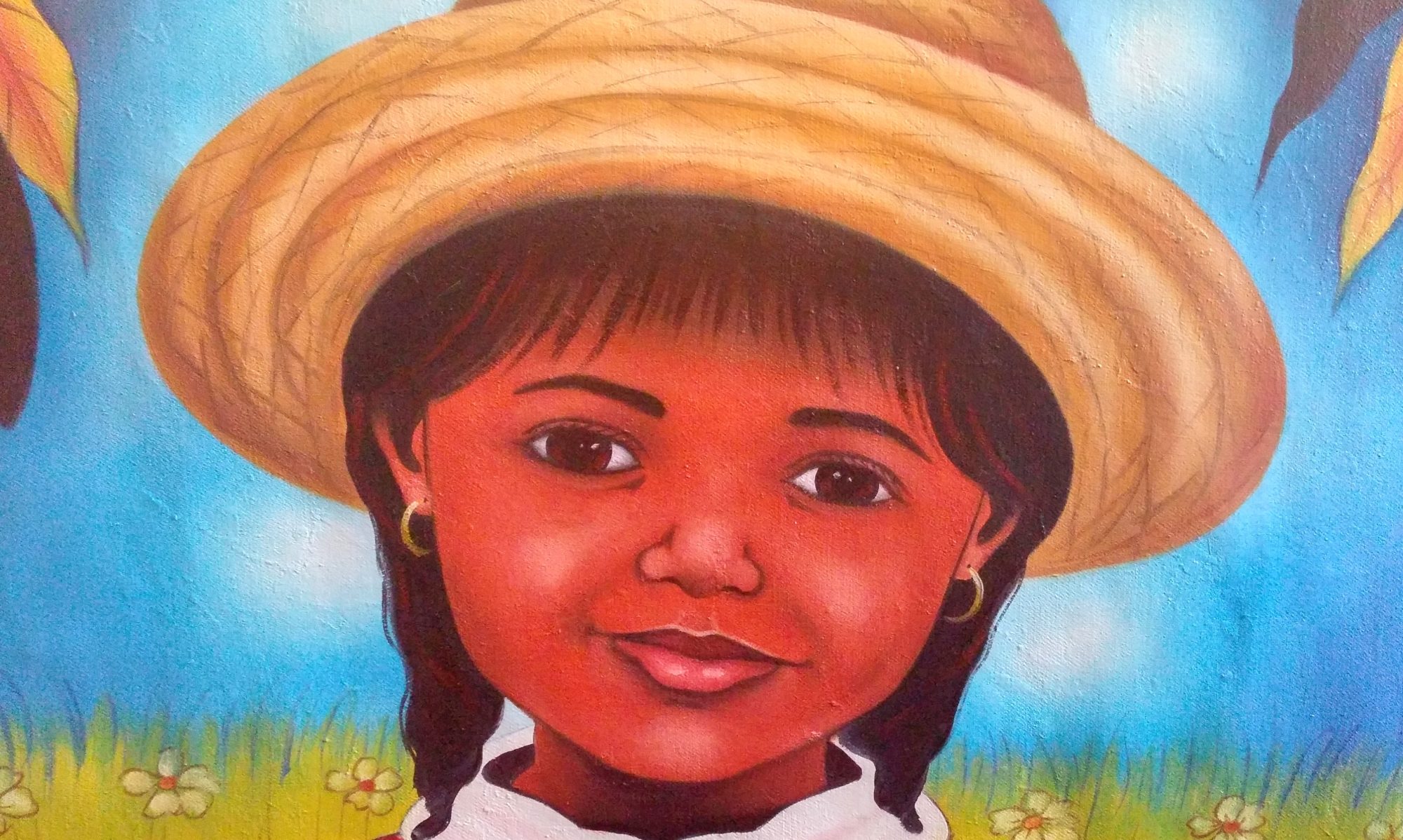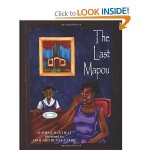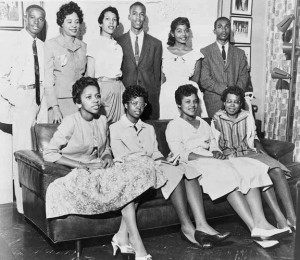 It was supposed to the beginning of a new school year–a season charged with expectation and optimism, not a time to be caught in other people’s petty, stale, yet violent wars.
It was supposed to the beginning of a new school year–a season charged with expectation and optimism, not a time to be caught in other people’s petty, stale, yet violent wars.
The year was 1957. Teachers, good and refreshed, had prepared thoughtful and engaging lessons. Governor Orval Eugene Faubus–hellbent on preventing children of all colors to sit together in the same classroom–had prepared his own lesson so meticulously that it took federal troops to help him modify it.
Uncertain of his own power to defy the Supreme Court ruling that outlawed segregation (Brown v. Board of Education), Governor Faubus summoned the Arkansas National Guard to hold back little Elizabeth. For extra reinforcement, mobs of grown men, women, and their children took aim, firing their sharpest insults and threats.
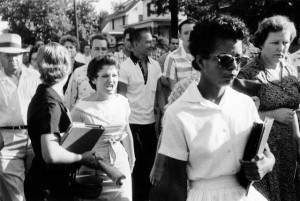 Elizabeth Eckford had wanted only to go to school–like most ‘normal’ high school students. Holding her books securely against her chest, she took careful steps toward Central High’s front door.
Elizabeth Eckford had wanted only to go to school–like most ‘normal’ high school students. Holding her books securely against her chest, she took careful steps toward Central High’s front door.
Bullies disguised as everyday white-folk had gathered to teach Elizabeth their own rigorous lesson. Their objective: Student will be so completely traumatized and terrorized that she will run/walk/stumble as far away from Central High and everyone’s sight as swiftly as possible.
The bullies won that September morning. They pumped their fists and spat as Elizabeth walked back to her bus stop, leaving Little Rock’s Central High School. The girl’s face was set like stone. But like any stone thrown violently into a body of water, Elizabeth Eckford caused concentric circles to form and spread.
When Elizabeth returned to Central High weeks after she was forced to walk away, eight other determined students had joined her. The hate-mobs returned as well, but they were like paper dolls in a hurricane. The winds of change would scatter them; history would be made.
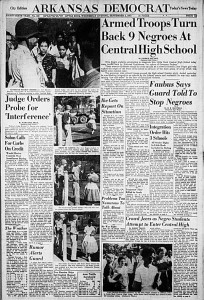 Millions of black students walk into schools today with an opportunity to learn because The Little Rock Nine dared. Elizabeth and her schoolmates were like nine stones hurled into the seemingly infinite ocean of racism, causing concentric circles to spread so far and so wide within the Civil Rights Movement that we see them even today.
Millions of black students walk into schools today with an opportunity to learn because The Little Rock Nine dared. Elizabeth and her schoolmates were like nine stones hurled into the seemingly infinite ocean of racism, causing concentric circles to spread so far and so wide within the Civil Rights Movement that we see them even today.
This Black History Month, VoicesfromHaiti honors Melba Pattillo Beals, Minnijean Brown, Elizabeth Ann Eckford, Ernest Green, Gloria Ray Karlmark, Carlotta Walls LaNier, Themlma Mothershed, and Terrence Roberts: The Little Rock Nine who risked their lives for a chance to go to school.
We honor Wayétu Moore. This lady has made it her business to illuminate the mindpath of children from countries with low literacy rates. Moore’s young publishing company, One Moore Book, delivers children’s own stories to them.

Wayétu dedicated the first cycle of books to her beloved father and the children of her native Liberia, saying: “I will never be able to give my father back the twenty years he spent working to educate us, or the home and life in Liberia he lost. I repay his sacrifice by honoring the education he fought for and offering my art to the world, with stories that make the histories and narratives of my people come alive. . .”
One Moore Book’s current series is dedicated to the children of my beloved Haiti. The six books in the series are written by Maureen Boyer, Edwidge Danticat, Michele Jessica Fievre, Cybille St. Aude, Ibi Zoboi, and Katia D. Ulysse.
Finally, much honor and respect for a little girl named Fabiola who lives thousands of miles away in Toupatou, Haiti. Fabiola does not go to school, not because a stubborn governor has deployed guards to keep her out. Fabiola is a modern-day slave: a rèstavèk. Learn more about rèstavèks in Haiti. Read and share Fabiola’s story. Support One Moore Book’s Haiti Series by buying all six books!
Every child deserves the chance to go to school.
 I am Riding by Michele Jessica Fievre ~ Illustrated by Jean Patrick Icart-Pierre
I am Riding by Michele Jessica Fievre ~ Illustrated by Jean Patrick Icart-Pierre
The Last Mapou by Edwidge Danticat ~ Illustrated by Eduard Duval Carrie
 Fabiola Can Count by Katia D. Ulysse ~ Illustrated by Kula Moore
Fabiola Can Count by Katia D. Ulysse ~ Illustrated by Kula Moore
by
